We hear it all the time… “Read your food labels.” “Take necessary measures, and be aware of what you’re putting into your body.” “Do your best to stay away from unhealthy foods.” But if you’ve ever been confused and felt like a nutrition label was written in a foreign language, you’re not alone.
It’s been shown that ever-changing nutritional guidelines make it difficult to know what’s best for you (1)—and that the designs of labels make them difficult to understand (2). So don’t feel like it’s your fault if nutrition labels are tough to get through.
The Nutrition Labeling and Education Act (NLEA) was passed by the US Food and Drug Administration (FDA) in 1990. It requires that nutrition-facts labels meet FDA regulations. Since then, there have been major changes to the regulations put in place (3). These changes include removing the requirement for “calories from fat,” and changing serving sizes to accurately reflect what people would actually be consuming. [tweet_quote]The FDA mandates that companies label serving sizes accurately on nutrition labels.[/tweet_quote]
Sticking to a strict Paleo diet may help you steer clear from food-label obstacles altogether, but the reality is that most people buy packaged food on a regular basis. Never forget that food packaging is a marketing tool. There are dozens of strategies used by marketing teams to boost sales of food and beverages. Just because a box or wrapper says a certain word, that doesn’t necessarily mean it’s a health food (4).
Some examples of buzzwords used to get your attention are listed below:
- Natural (or All-Natural)
- Low-Calorie (or Calorie-Free)
- Low-Fat
- Superfood
- Antioxidants
- Fresh
- Organic
- Diet
- Gluten-Free
- Heart-Healthy
- Light
Don’t let these buzzwords fool you. They’re strategically placed to capture your eye. Some of the biggest culprits of attractive packaging are diet products, which are often full of artificial colors, flavors, and sweeteners. While packaging does its best to capture your attention, the nutrition label is where the health information really is.
Why Pay Attention to a Nutrition Label?
Nutrition facts provide you with valuable information; you just have to put it to good use. When applied correctly, they can help you maintain a healthy weight and eat a balanced diet, and teach you to make healthy food decisions. Unfortunately, nutrition-facts standards are geared toward a recommended daily allowance of calories (5)—which aren’t a necessary focus of the Paleo diet, but are useful for showing nutrient content.
Nutrition labels aren’t always in an ideal location, which can deter you from seeing them (6). For example, sometimes the nutrition label is located on the bottom of the packaging. Who wants to be that person—turning every single salad upside down before putting it in their basket? [tweet_quote] Don’t be ashamed to look at nutrition labels — even if they’re hiding on the bottom of a package![/tweet_quote]
It’s in your best interests to ditch those self-conscious fears about being “that person.” Your health is more important than how you appear to your fellow grocery shoppers.
Buzzwords are deceptive. Though they describe the food in the packaging, they don’t capture nutrient content. For example, the term “low-fat” might make you feel less guilty when eating more than just one serving size—especially if you’re already struggling with your weight (7). To get a better idea of what’s actually in the food you’re eating, pay attention to the nutrition facts. (8)
Decoding the Nutrition Facts

Serving Size
Start here. One of the most common mistakes that people make is assuming that the visible nutrition facts equal the entire content of the package. In reality, there may be multiple servings in one package, so don’t forget to do the math. To be sure you’re taking in the amount of nutrients listed, you have to be aware of how much of the product you’re consuming.
To find out the nutrient value of an amount you consume, you may need to do some multiplying and/or dividing. Usually, there will be a “Serving Size per Container,” which tells you how much to multiply by if you’re consuming the whole thing.
Calories VS Calories from Fat
The US Department of Agriculture (USDA) puts out recommendations about how many calories per day a person should ingest (9), but don’t forget that quality is more important than quantity. If you’re still clinging to the idea that calories are the be-all, end-all of nutrition, it’s time to change your mindset.
A calorie is a measurement of energy released as heat. Not all calories are broken down in your body equally. There are actually several calorie myths out there and often, calories are mislabeled (10).
So why pay attention to calories? When compared to other healthy diets (e.g., the Mediterranean diet) the Paleo diet has been proven to be more satiating per calorie, which means you’ll feel fuller (11). The Mediterranean diet is often considered a “gold-standard” diet by doctors, yet it includes foods like grains and legumes, which are restricted in the Paleo diet. [tweet_quote] Not all calories are created equal. Some are far more satiating than others![/tweet_quote]
Feel free to throw out your qualms about needing processed carbs to feel full! Oftentimes, when people hear the word “diet,” they assume they’re going to feel starved. But that’s not the case when eating Paleo.
Nutrition facts are based on a calorie-focused system (to be exact, a diet of 2,000 calories per day). So understanding how it works will help you navigate the information on nutrition labels. Paying attention to calories will also help you confirm that making the right food choices doesn’t necessarily define health. Once you get the hang of making healthy choices, it won’t be necessary to focus on calorie content so much.
% Daily Value (%DV)
The daily-value percentage is found on the right-hand side, next to all the nutrients. Public health experts at the FDA recommend a certain amount of nutrient intake (i.e., Adequate Intake or AIs), which varies according to age, gender, and size. They’re also known as the Recommended Dietary Allowances (RDAs).
Dietary values were created by the FDA. They help convey the level of different nutrients in a standard serving size—in relation to the estimated requirement for it (12). A %DV of a product will tell you what percentage per serving contributes to reaching your daily value per nutrient. Here’s a good rule of thumb: A 5% DV or less is considered low, and a 20% DV or more is considered high (13).
Fat
Get to know your fats. Contrary to popular belief, you don’t need to jump on the low-fat diet train. It’s been shown that it has little influence on lowering your risk for things like heart disease or cancer (14, 15). In fact, saturated-fat consumption helps lower the risk of heart disease by improving your blood-lipid profile (16).
The major types of fats found in food are:
- Saturated Fats
- Monounsaturated Fats
- Polyunsaturated Fats
- Trans Fats
For the most part, fats that originate from natural, unrefined sources provide many health benefits (which you can read about here, here, and here). The fats you want to stay away from are artificial trans fats (17).
Artificial trans fats are made through a process called hydrogenation. During this process, oil gets heated up with a catalyst, making the oil denser at room temperature. (In other words, it changes from a liquid to a semi-solid or solid at room temperature.) Hydrogenated oils are actually a molecule away from being plastic, which makes them the main culprit for conditions like atherosclerosis and high blood pressure (18).
Sodium
Luckily for strict Paleo eaters, most salt intake is attributed to processed food consumption (19). Eliminating salty processed foods can help reduce your risk of high blood pressure and damage to your kidney function and nervous system (20). Eating natural produce makes an intake overload of salt virtually impossible (21) [tweet_quote] When you eat Paleo, you cut way back on damaging salt from processed foods.[/tweet_quote]
High salt intake has been associated with an increased risk in heart disease, stroke, and stomach cancer (22, 23). Studies have also shown that when you reduce your salt intake, your risk for high blood pressure, stroke, and fatal heart disease is also reduced (24). Because of these findings, the American Heart Association recommends no more than 1,500 milligrams of sodium per day.
Below are some sodium-related labels seen on food packaging (25):
- Sodium-free: Contains less than 5 mgs of sodium (and no sodium chloride) per serving
- Very low sodium: 35 mgs or less per serving
- Low sodium: 140 mgs or less per serving
- Reduced (or less) sodium: At least 25% less sodium per serving than the usual sodium level
- Light (for sodium-reduced products): The food is “low-calorie” and “low-fat,” and sodium is reduced by at least 50% per serving
- Light in sodium: Sodium is reduced by at least 50% per serving
Carbohydrates
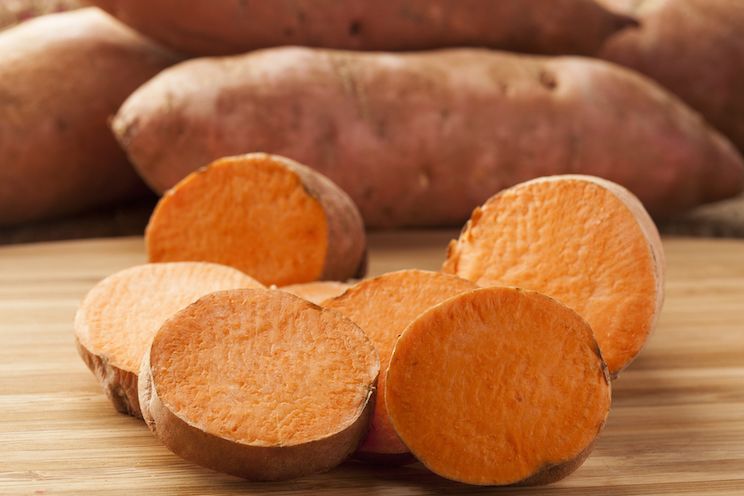
Also, be aware that there’s no such thing as an “essential carbohydrate,” so you don’t need to go out of your way to add carbs to your diet. Natural carbs can be found in plant foods (i.e., fruits and veggies).
Cholesterol
For a long time, it was believed that dietary cholesterol was the culprit of high blood-cholesterol levels, but we now know that high cholesterol in the body is likely to be caused by trans-fat consumption (29). Unlike carbohydrates, cholesterol is actually located in many cells throughout your body. And it isn’t something you need to worry about avoiding—since your body closely regulates cholesterol intake on its own.
Sugar
It’s no secret that excess sugar is your dietary enemy, so make sure to limit sugar when possible. (Again, look at your processed foods!) Natural sugars (e.g., those found in fruits) are less damaging to your health. In fact, fiber that’s found in fruit helps slow the body’s processing of sugar. A good measurement to remember is 4 grams of sugar equals 1 teaspoon of sugar. The average American consumes about 22 teaspoons of added sugar per day! (30)
Dietary Fiber
Fiber is something your body can’t digest, but it helps prevent constipation and lower your blood- cholesterol levels. Foods higher in fiber content also digest more slowly; this helps you feel fuller faster and prevents overeating. Getting enough fiber reduces your risk of getting stomach cancer (31) and having a stroke (32).
The average American is not eating enough fiber (33). The amount of fiber you need depends on factors like gender and size. The American Dietetic Association recommends 25 grams of fiber per day for adult women, and 38 grams for men (34). It’s also very important to remember that fiber from food sources is undoubtedly better, as opposed to supplemental counterparts (e.g., Metamucil, Benefiber, Fiber Choice, and Citrucel) (35). Grains are well-known for providing dietary fiber, but they aren’t Paleo friendly.
Below are some high-fiber Paleo options:
- Okra
- Turnips
- Bananas
- Pears
- Avocados
- Brussel Sprouts
Protein
The RDA standard is about 0.8 grams of protein per 1 kg of body weight. (As clarification for Americans, 1 kg = 2.2 lbs.) But there is no exact number for protein intake (36). When combined with exercise, eating more protein will help you gain muscle. However, not eating enough protein will take some drastic tolls on your body (e.g., weakening your immune system and making you irritable) (37).
Vitamins and Minerals
Typically, you’ll see vitamins A and C listed along with minerals calcium and iron. These are the only vitamins and minerals that are required listings. If the product claims that it contains other vitamins or minerals, they may be listed here as well. You’ll also see a note listed if the particular food product isn’t a significant source of a certain nutrient, vitamin, or mineral.
Footnotes
This section of nutrition facts is structured to guide you through the average system of 2,000 or 2,500 calories per day. It breaks down the RDA %DV into grams and milligrams. Keep in mind that these are suggestions for an average, active individual.
Quick Guide to Nutrition Facts
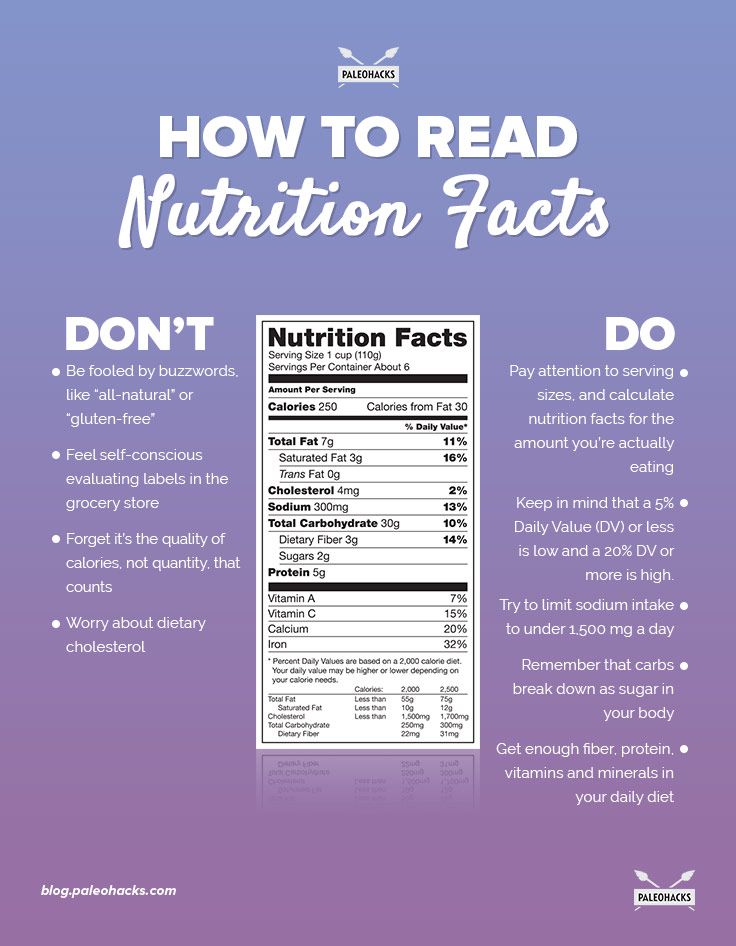
- Start by looking at the Serving Size
- Limit Trans Fats, Sodium, and Carbohydrates
- Get enough Protein, Fiber, Vitamins, Nutrients, and Minerals
- Check the footnotes for the % Daily Value
Beyond the Nutrition Facts
Nutrition facts are a structured description of what’s in your food. But unfortunately, this nutrient breakdown doesn’t always capture everything you need to know to make a healthy decision. Below are additional tips, which might help you decide how to categorize your food—in a way that’s right for your body:
An extremely important part of a nutrition label is its ingredient list. Here’s a good principle to live by: If you can’t pronounce all the ingredients, you probably shouldn’t eat what’s in the packaging.
- Pay close attention to the names of added sugars (e.g., caloric sweeteners). They include things like sucrose, glucose, high-fructose corn syrup, corn syrup, maple syrup, and fructose.
- Be aware of artificial sweeteners! Though a product may not contain much sugar, it may contain acesulfame K, aspartame, neotame, saccharin, or sucralose. Despite the relative safety of these sweeteners (and the fact that they’re usually calorie-free), studies have shown that an excess intake causes some harmful effects. For example, excess aspartame metabolites are carcinogenic, and excess acesulfame K negatively affects cognitive function (38, 39).
- Watch out for “fortified” ingredients. Remember that Nutrition Facts are based on a recommended daily allowance. To make up for nutrient deficiencies, the FDA allows companies to add minerals, vitamins, or nutrients, which are otherwise not found in a particular processed-food item. Though getting nutrients from processed foods is better than getting none at all, whole foods are always better for your health (40).
- Factors that make a foods nutrients vary:
- Each human body processes food differently. We aren’t machines; our bodies don’t follow a cookie-cutter metabolism.
- Growing conditions of produce and the ripeness at the time of harvest
- Time of storage before placed on a store’s shelf
- Preparation of food (i.e., cook time)
- The diets of the animals involved
- Changes in food volume and nutrient density after cooking
- Interactions between types of food you eat, and how the body breaks them down. The uptake of nutrients will differ, based on what you mix when you eat.
- Always check to see if there are any preservatives in your food. They’re designed to prevent spoilage and bacteria growth. But when ingested in large quantities, they can create unintentional harm (i.e., be carcinogenic). Some of these preservatives include nitrates, nitrites, butylated hydroxyanisole (BHA), and benzoic acid (41). See 5 Sneaky Food Additives to Avoid.
(Read This Next: How to Read PLU Codes on Grocery Produce)


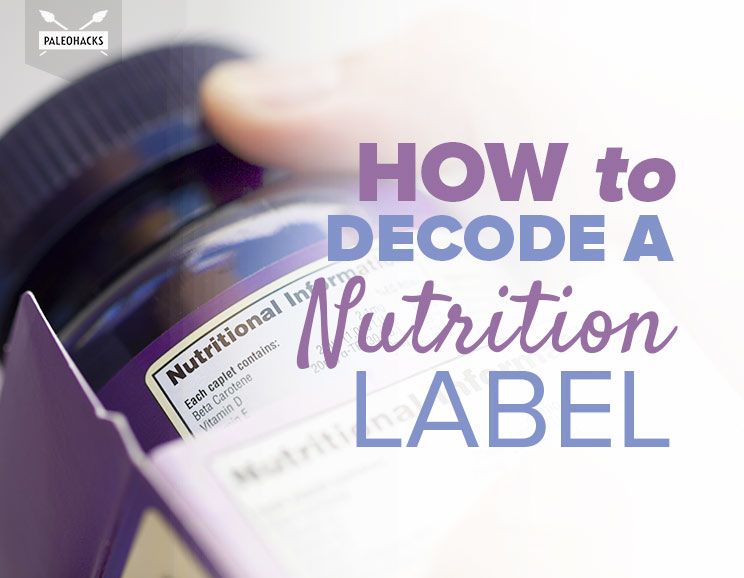
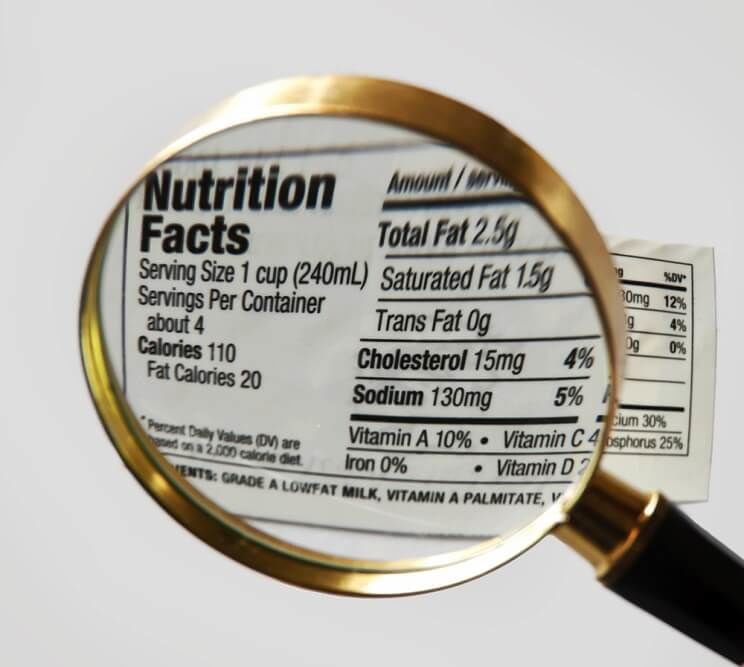


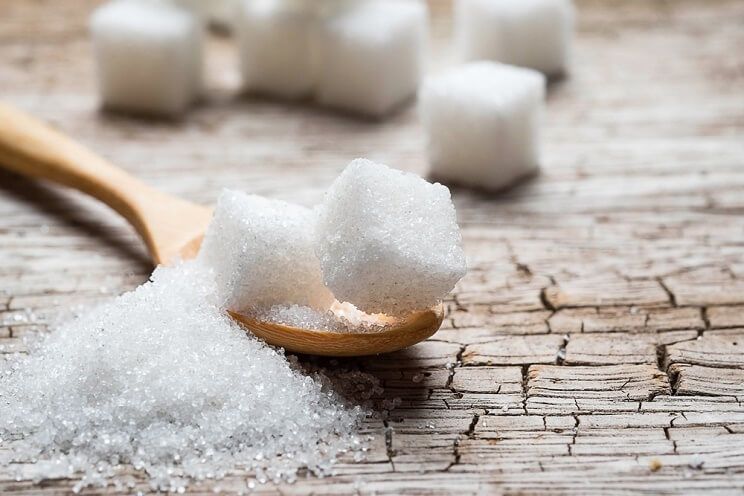
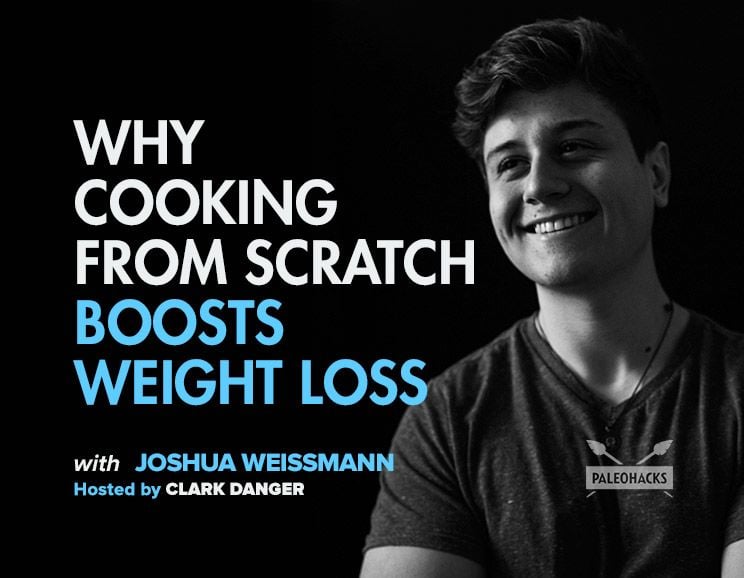 Why Cooking from Scratch Boosts Weight Loss
Why Cooking from Scratch Boosts Weight Loss

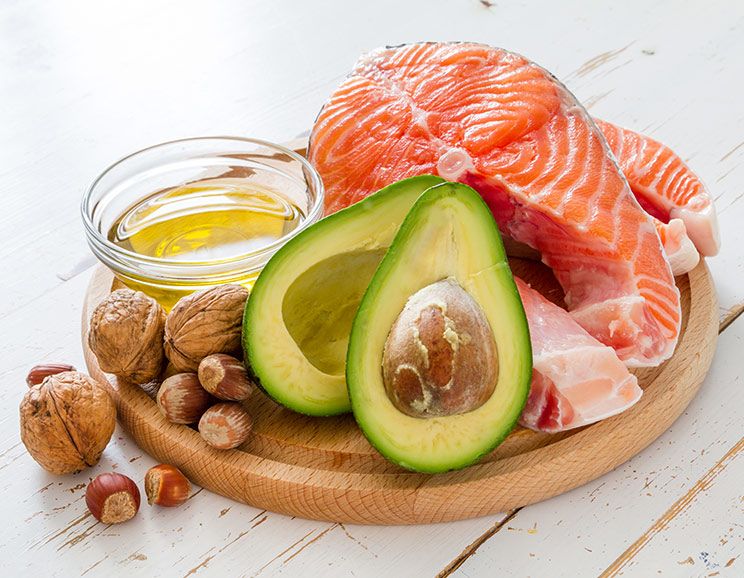

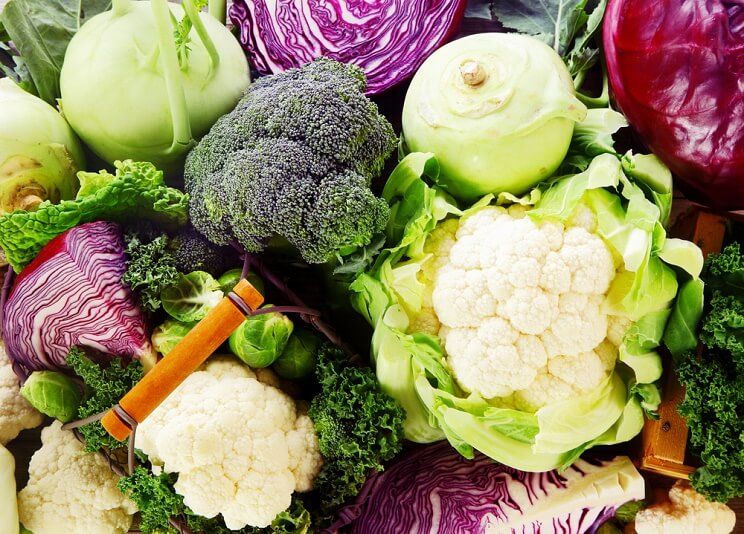
Show Comments